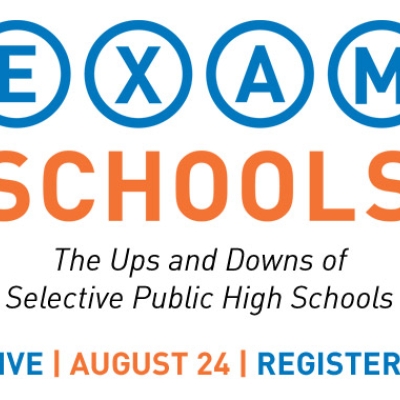Thanks to the tireless work of school-choice advocates and wise policymakers, millions of U.S. children and their parents now have education options that were not available to them a few short years ago. But the choice picture is sorely incomplete. Consider:
- Nine states do not allow charter schools.
- Only ten states and the District of Columbia have school-voucher programs, and five of these confine their vouchers to children with disabilities.
- Just eleven states offer scholarship tax credits for attendance at private schools.
- Many states still make it difficult or even impossible to take advantage of public school choice.
Meanwhile,
- The Republican Party, which usually (but not always) champions school choice, controls thirty governors' offices.
- In twenty-four states, both the governor and legislature are in GOP hands.
Why hasn’t more progress been made in providing options to children? It’s simple: Most school-choice programs are zero-sum propositions, in which one school or district gains the student and the funding while another loses. And politicians—even Republicans—are loath to take resources from traditional public schools, especially those in the suburbs and small towns that they represent.
In recent years, however, new programs have begun to spring up that allow choice at the more granular level of individual courses rather than through all-or-nothing, enrollment-based, school choice. Rick Hess and Bruno Manno explored this idea in detail in their 2011 book Customized Schooling. Now in a handful of states, children enrolled in a traditional public school can take courses from other public schools, virtual schools, private schools, or even post-secondary institutions.
For choice advocates, this is the next logical step. In fact, reformers enacting these policies in some states, especially where eligible course providers are limited or funding is provided on top of general school aid, have faced surprisingly little opposition. In just the past few years, course choice—or a version of it—has been adopted in several states, causing little ruckus. As an added benefit, programs of this sort should be attractive to families in all schools—even those that are high performing or low poverty—and can help broaden the base of support for the concept of school choice.
The reason may be that course choice is different from other school-choice reforms in important ways. It’s less threatening to districts and other established interests than charter schools, vouchers, or full open enrollment, particularly if students are limited in the number of courses they can take. A parent, for example, may be mostly satisfied with her child's school but frustrated enough to move him to another district if his current school is limited in its foreign-language or advanced-placement offerings. Course choice provides these parents with a less drastic option than switching schools—and perhaps homes—entirely.
Moreover, such programs could allow more public schools to make themselves more attractive to more parents. As our recent What Parents Want survey demonstrated, different types of parents want different things from their children’s schools. Taken together, many public schools feel heavy pressure to do it all with limited resources. But any school in a course-choice state could speedily respond to parental demand for Mandarin, physics, or AP Art History. This is especially helpful for public schools with ardent “demanders” but few resources—or not enough students to justify the hiring of a specialty teacher.
While digital learning may be the biggest winner in a course-choice regime, the inclusion of dual enrollment or other brick-and-mortar options could satisfy parents who are not totally sold on or lack access to online courses.
Finally, such a policy can often incorporate or accompany existing state or local programs that are already widespread and popular, such as Advanced Placement courses or dual enrollment in high school and college.
Sure, there will be some pushback from those who fear that policies like this might shift the balance of power—and funding—away from those who possess it.
Still, any policy that can unite school-choice zealots, digital-learning techies, the higher-education elite, college application–obsessed parents, and the vocal “public schools are incomplete without art/music/foreign languages/STEM” crowd demands attention.
Note: I was involved in the development of Wisconsin's Course Options program.



